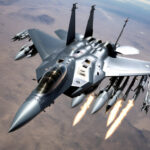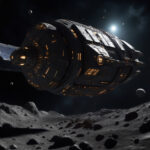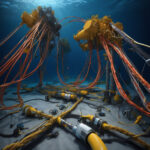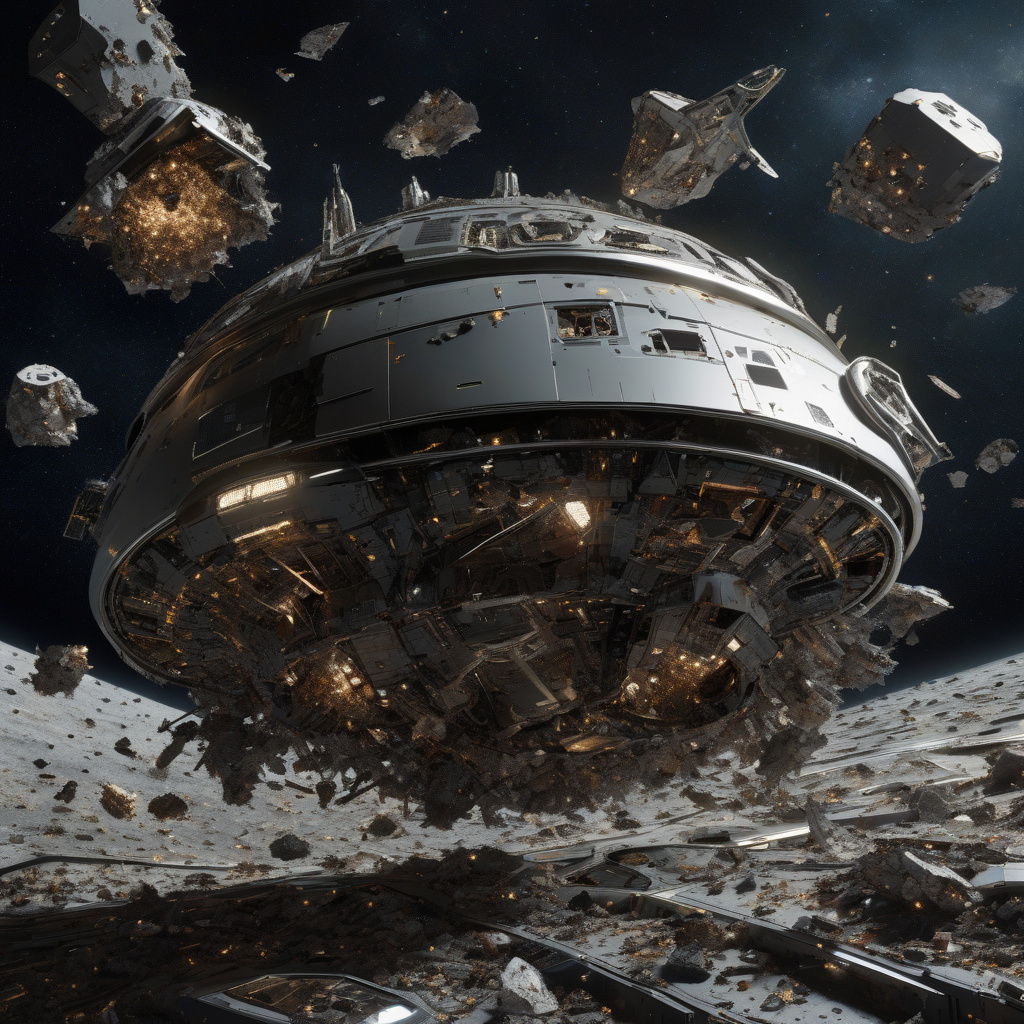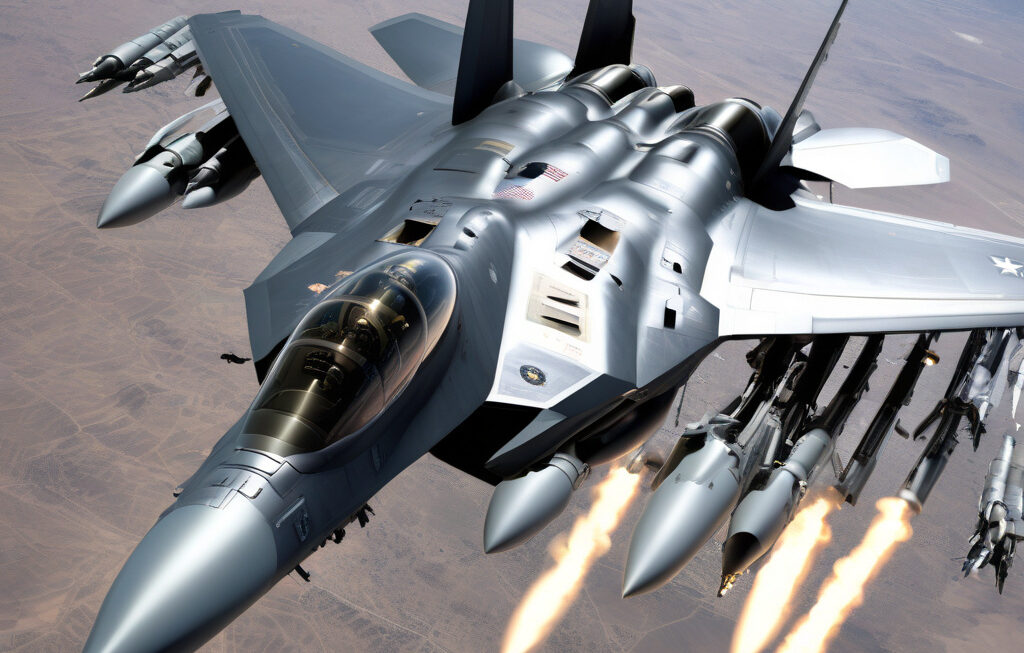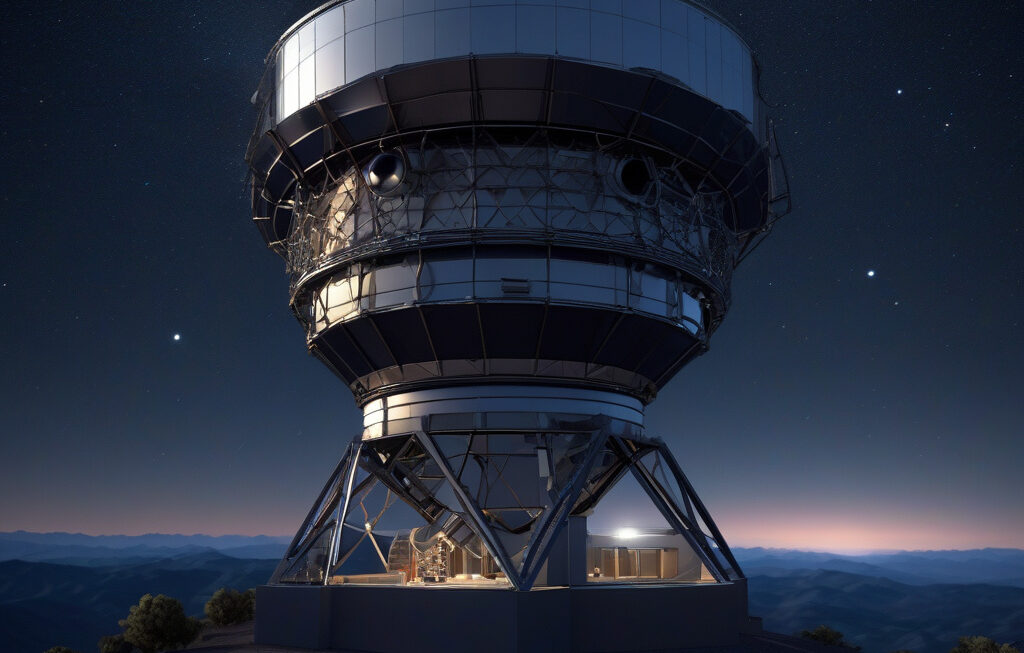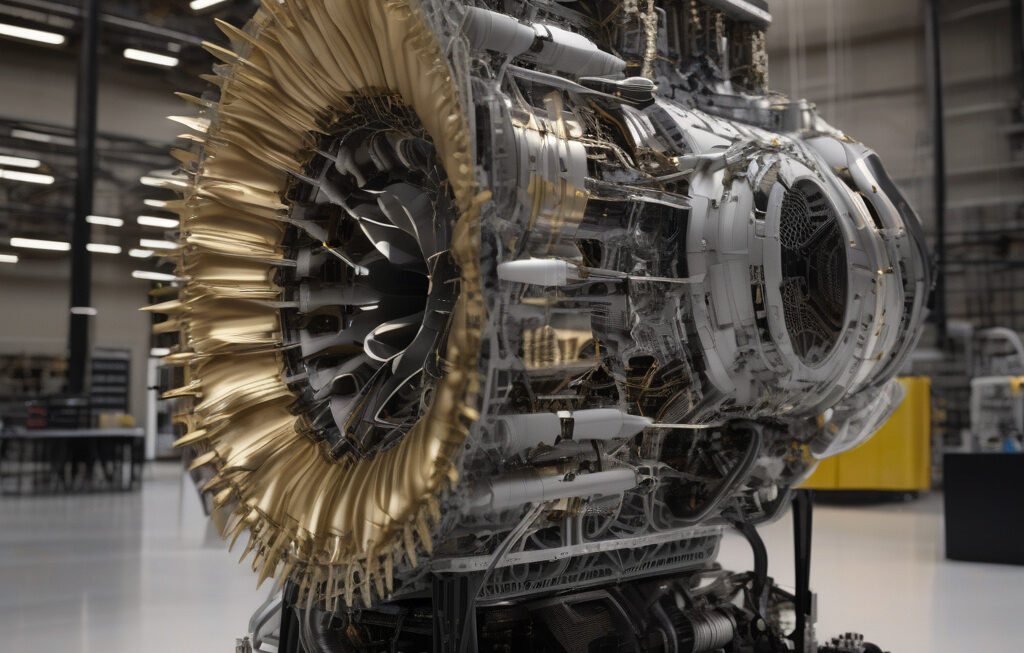New Detection System Promises Early Warnings to Help Spacecraft Dodge Orbital Debris
Space debris has become one of the biggest challenges for space agencies and satellite operators in recent years. With millions of pieces of defunct satellites, spent rocket stages, and other fragments whizzing around the Earth at incredibly high speeds, the risk of collisions is ever-present. These collisions can have catastrophic consequences, not only for the spacecraft involved but also for creating even more debris, thus exacerbating the problem.
To address this pressing issue, a cutting-edge detection system has been developed to provide early warnings to spacecraft, allowing them to maneuver out of harm’s way and avoid potentially disastrous collisions with orbital debris. This system represents a significant advancement in space technology and could help ensure the safety and longevity of satellites and other spacecraft in Earth’s orbit.
The new detection system utilizes state-of-the-art sensors and tracking technology to monitor the movement of space debris in real-time. By constantly scanning the skies and identifying potential collision risks, the system can alert spacecraft operators to take evasive action well before a possible impact occurs. This early warning system is crucial for ensuring the safety of valuable assets in space and reducing the risk of expensive and potentially mission-ending collisions.
One of the key advantages of this new detection system is its ability to provide precise and accurate data on the location and trajectory of space debris. This information allows spacecraft operators to make informed decisions about when and how to adjust the course of their vehicles to avoid collisions effectively. By having access to real-time data and early warnings, spacecraft can safely navigate through increasingly crowded orbits and minimize the risk of damage from debris.
In addition to its practical applications for spacecraft safety, the new detection system also has the potential to contribute to the long-term sustainability of space activities. By helping to mitigate the risks posed by space debris, this system can support efforts to reduce the overall amount of junk in Earth’s orbit and preserve the space environment for future generations. As the number of satellites and spacecraft launched into space continues to grow, technologies like this detection system will play a crucial role in ensuring responsible and sustainable space exploration.
Furthermore, the development of this new detection system highlights the importance of collaboration and innovation in addressing complex challenges such as space debris. By bringing together experts from various fields, including aerospace engineering, data science, and satellite operations, this system exemplifies the power of interdisciplinary cooperation in finding solutions to pressing issues in space technology. It serves as a testament to what can be achieved when diverse skill sets and perspectives are combined to tackle shared problems.
In conclusion, the new detection system promising early warnings to help spacecraft dodge orbital debris represents a significant advancement in space technology with far-reaching implications for spacecraft safety and space sustainability. By leveraging state-of-the-art sensors and tracking technology, this system has the potential to revolutionize how we protect valuable assets in space and ensure the continued exploration and utilization of Earth’s orbit. As we look to the future of space activities, innovations like this detection system will be essential in overcoming the challenges posed by space debris and paving the way for a safer and more sustainable space environment.
space debris, detection system, spacecraft safety, orbital collisions, space sustainability

